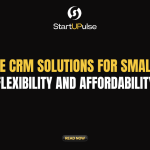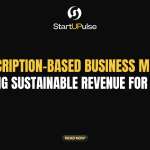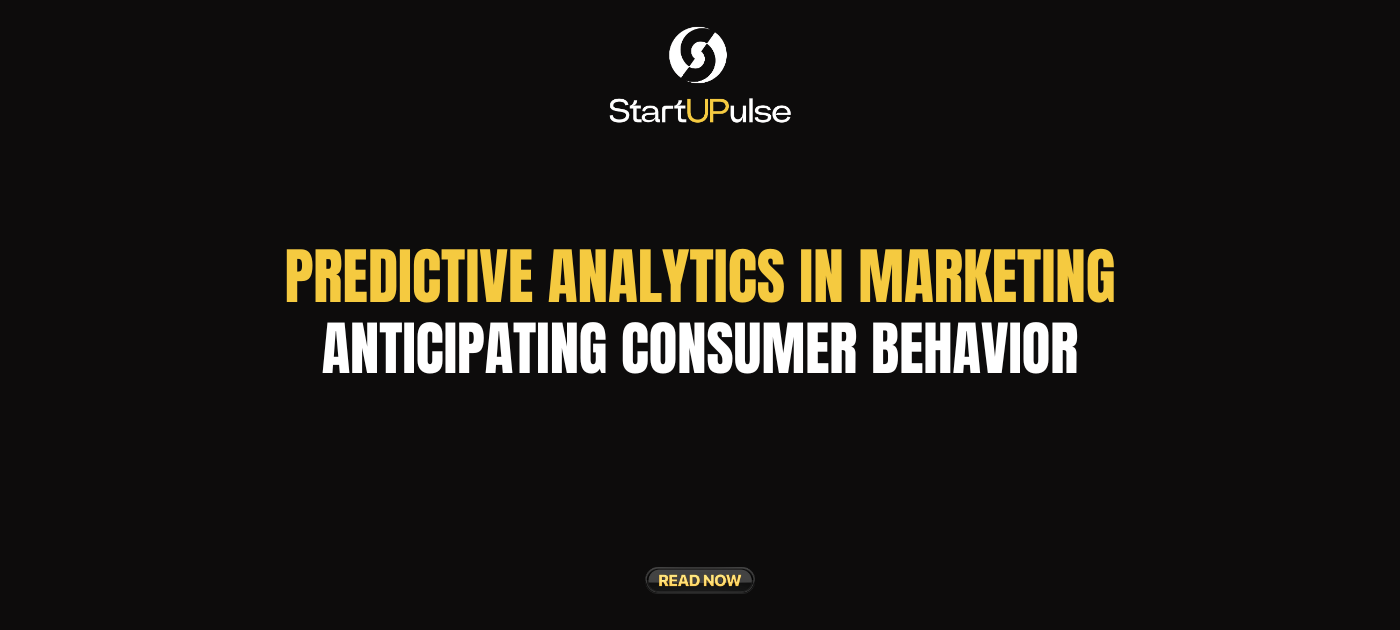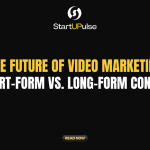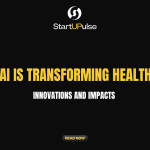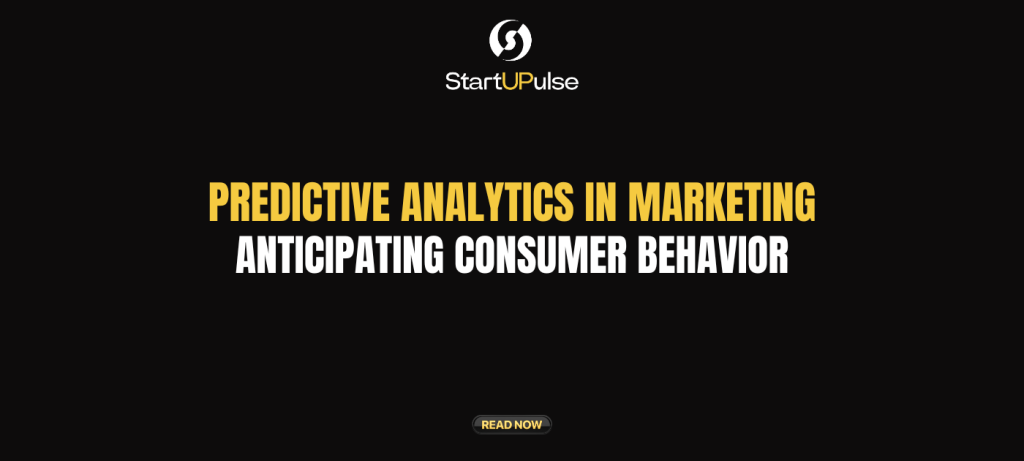
In today’s fast-paced digital landscape, understanding consumer behavior is paramount for businesses looking to stay ahead of the competition. Predictive analytics has emerged as a powerful tool that allows marketers to anticipate consumer behavior and make data-driven decisions. By leveraging historical data and sophisticated algorithms, predictive analytics enables businesses to identify trends, personalize marketing efforts, and ultimately enhance customer experiences. This blog explores the significance of predictive analytics in marketing and how it can transform the way businesses engage with their audiences.
What is Predictive Analytics?
Predictive analytics involves the use of statistical algorithms, machine learning techniques, and data mining to analyze historical data and predict future outcomes. In marketing, predictive analytics helps businesses understand consumer preferences, behaviors, and purchasing patterns, allowing for more targeted and effective marketing strategies.
Key Benefits of Predictive Analytics in Marketing
- Enhanced Customer Segmentation
Predictive analytics allows marketers to segment their audiences more effectively. By analyzing demographic data, purchase history, and online behavior, businesses can create detailed customer profiles. This enables targeted marketing campaigns that resonate with specific segments, leading to higher engagement and conversion rates. - Personalized Marketing Efforts
Consumers today expect personalized experiences. Predictive analytics helps marketers deliver tailored content, product recommendations, and promotional offers based on individual preferences and behaviors. For instance, e-commerce platforms can suggest products to users based on their browsing history and previous purchases, increasing the likelihood of conversion. - Optimized Marketing Campaigns
By predicting how different customer segments will respond to various marketing strategies, businesses can optimize their campaigns for maximum effectiveness. Predictive analytics helps identify the best channels, timing, and messaging for reaching target audiences, resulting in higher ROI on marketing investments. - Churn Prediction and Retention Strategies
One of the critical challenges businesses face is customer churn. Predictive analytics can identify patterns indicating potential churn, allowing marketers to implement proactive retention strategies. By understanding the factors that lead to customer dissatisfaction, businesses can address issues before they result in lost customers. - Improved Demand Forecasting
Predictive analytics helps businesses anticipate market demand by analyzing historical sales data, seasonal trends, and external factors. Accurate demand forecasting enables companies to optimize inventory management, reduce excess stock, and ensure they meet customer needs without overextending resources. - Informed Decision-Making
With predictive analytics, marketers can make data-driven decisions rather than relying on gut feelings. By using insights derived from data analysis, businesses can allocate resources more efficiently, refine strategies, and identify new opportunities for growth.
Real-World Applications of Predictive Analytics in Marketing
- E-commerce
Online retailers like Amazon utilize predictive analytics to analyze customer behavior, enabling them to recommend products based on previous purchases and browsing history. This personalized approach enhances user experience and drives sales. - Email Marketing
Companies can leverage predictive analytics to determine the best times to send emails and the most relevant content for each recipient. This approach increases open rates and engagement while minimizing unsubscribes. - Social Media Advertising
Predictive analytics allows marketers to identify which demographics are most likely to engage with specific ads. This targeting improves ad performance and optimizes advertising spend. - Customer Relationship Management (CRM)
Many CRM systems now incorporate predictive analytics to help sales teams identify leads with the highest conversion potential, improving sales efficiency and effectiveness.
Challenges of Implementing Predictive Analytics
While the benefits of predictive analytics are substantial, businesses may face challenges in implementation:
- Data Quality: Accurate predictions rely on high-quality data. Inconsistent or incomplete data can lead to erroneous insights.
- Integration: Integrating predictive analytics tools with existing systems can be complex and require significant resources.
- Talent Gap: Implementing predictive analytics effectively requires skilled data analysts and data scientists, which may be challenging for some organizations to acquire.
Conclusion
Predictive analytics is revolutionizing the way marketers understand and engage with consumers. By anticipating consumer behavior and preferences, businesses can tailor their marketing strategies, improve customer experiences, and ultimately drive growth. As technology continues to evolve, organizations that harness the power of predictive analytics will be well-positioned to thrive in an increasingly competitive landscape.
Join StartUPulse for More Insights
At StartUPulse, we empower startups and professionals to navigate the dynamic world of marketing and technology. Our community provides a platform for knowledge sharing, networking, and exploring innovative strategies like predictive analytics. Join us to connect with industry experts and stay informed about the latest trends that can elevate your marketing efforts!






